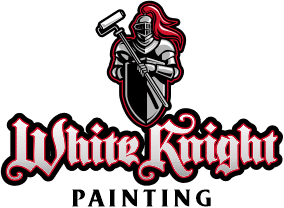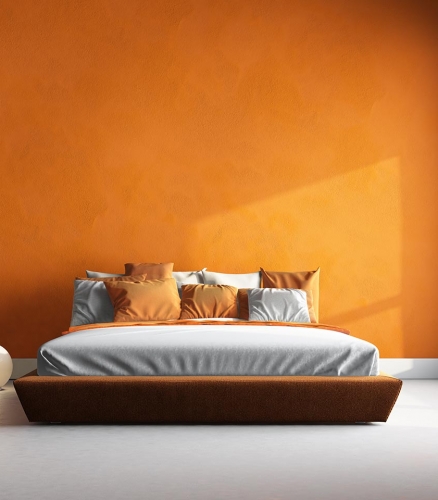What Makes Good Paint?
There are so many things to think about while buying paint and the type of paint you choose has a huge impact on the longevity and general appearance of the paint job. All paint is graded off of four basic groups: pigments, binders, liquids, and additives. The distinct groups and ingredients each has their own benefits, creating the different qualities of paint. Not all paint is created equal.
When you are selecting your paint colour there are a few things to consider. Colours with a lot of pigment in them fade faster than light to mid-range colours. Bright “clean” colours are not recommended for outside use due to the organic compounds like Hansa Yellow are used to create the colour, these compounds deteriorate quickly when exposed to an outside climate.
When choosing paint for your home you will notice an indicator on most colour fans that will tell you if a colour is only suitable for inside.
The best paint colours to choose for exteriors are earthy tones like grays, greens and browns. These colours contain inorganic compounds like “red iron oxide.” These earthy tones will give you the longest life out of your paint job.
There are two different pigments that are added to the paint before it even hits the shelf. The first is titanium oxide, which provides exceptional whitening, and excellent coverage. The downside is that the pigment is very expensive and very little is used in lower quality paints. The other type of pigment is a classification called extenders. Some extenders have benefits to the paint while others reduce the coverage and are used as more of a filler for the paint. Some of the benefits include stain resistance, scrub-ability, and reduced sheen in varnish and stain. Extenders like chalk have no benefits.
Another thing that is added to paint is binders. They are used to improve a product’s ability to resist cracking, peeling, blistering, chalking, and adhesion. Some binders even help give added scrub ability. A binder’s main purpose is to build the shine that creates different sheen from flat to gloss. This is why paints with more sheen are more durable. Flat is affected most by the binder to pigment ratio; a higher quality paint will reflect a better balance. The ratio will affect everything from the durability to the colour retention of the paint. An oil or alkyd paint is harder than latex paint. While an oil or alkyd paint is more durable it is also more prone to blisters and cracking. Darker colours are also predisposed to blistering due to the higher levels of pigments.
Liquid is another component to paint, in this case, it is what evaporates when the film is created. The liquid used changes depending on what base it is. For example, an oil or alkyd paint has paint thinner in it whereas acrylic paint has water. The liquid used to create the paint greatly affect the odor while applying a coating. Some paints have a poor flow and sometimes more of the base liquid will be added to improve the appearance of the job.
Lastly are the additives which truly make each product unique. Additives are used to regulate paint thickness, leveling (how smooth the paint ends up looking on the surface,) and bubbles. Co-Solvents are another type of additive, more commonly known as VOCs. These co-solvents help with dry time, resisting damage, and also help act as a binder while creating a film in low temperatures.
It can get confusing once you start thinking about all of the different things that go into paint and how it will affect your painting project. We are constantly learning about new products and regulations and know what the optimal paint is for your home. Although there are many different products to use it is always best to go with the paint that will last the longest and look the best for many years to come.


